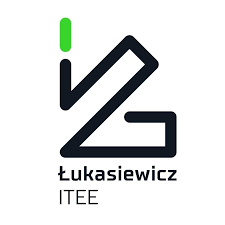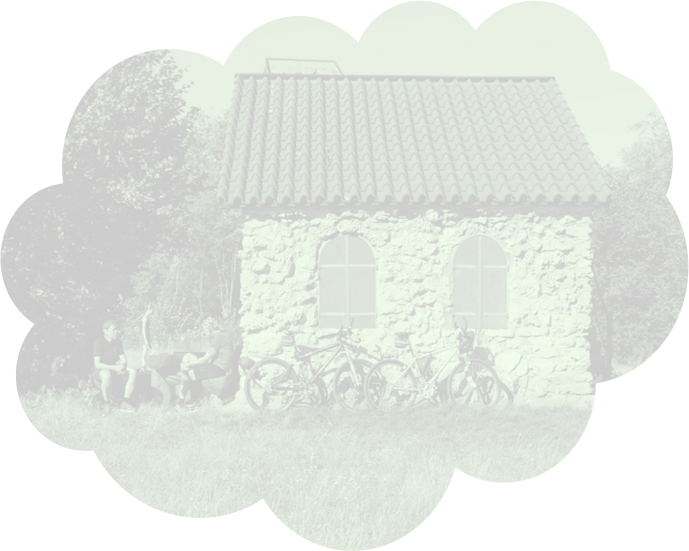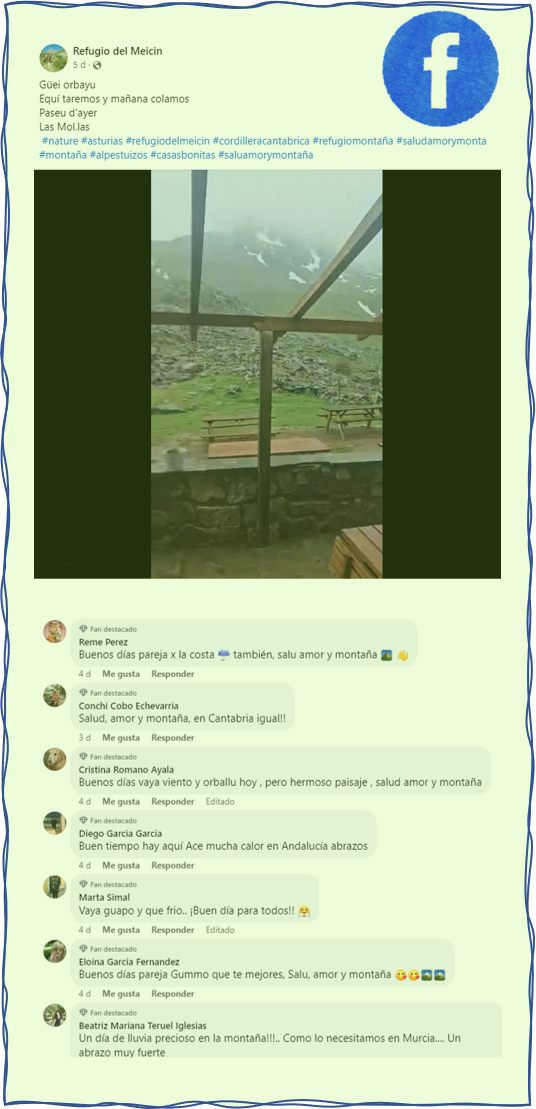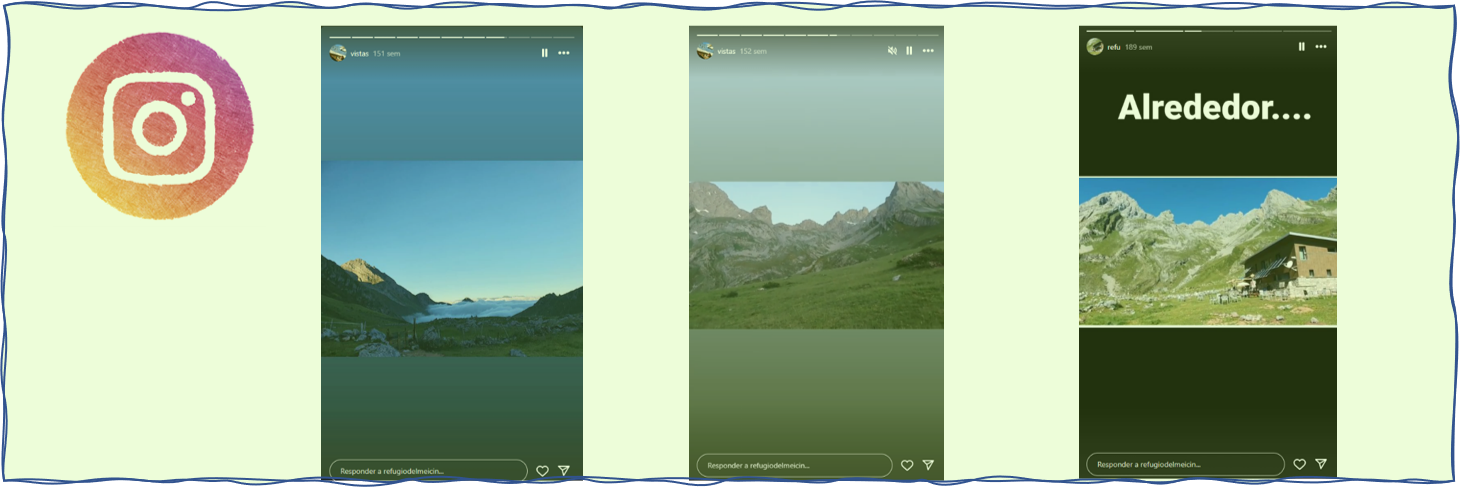Captivating visual content is essential for rural tourism marketing. Use your local resources and creativity to showcase your business or destination through images and videos that inspire visitors to explore and enjoy all that you have to offer.
Tips for creating visual content:
 Identify your unique selling points: Before creating visual content, identify what makes your business or rural destination unique. A stunning scenery, unique activities, or an exciting story? Your visual content should be based on your unique aspects to stand out in the marketplace.
Identify your unique selling points: Before creating visual content, identify what makes your business or rural destination unique. A stunning scenery, unique activities, or an exciting story? Your visual content should be based on your unique aspects to stand out in the marketplace.
 Plan your content: Plan what you want to show and how. Create a content plan that includes the topics to cover, the places to highlight, and the visual style. This will help you maintain consistency and tell a compelling story about your business or destination.
Plan your content: Plan what you want to show and how. Create a content plan that includes the topics to cover, the places to highlight, and the visual style. This will help you maintain consistency and tell a compelling story about your business or destination.
 Use basic but effective equipment: A digital camera or a smartphone can be enough to capture impressive images. For professional results, make sure your photos and videos are well-lit, focused, and free of distractions.
Use basic but effective equipment: A digital camera or a smartphone can be enough to capture impressive images. For professional results, make sure your photos and videos are well-lit, focused, and free of distractions.
 Highlight authenticity and the local experience: Highlight the natural beauty, local culture and unique activities your destination offers.
Highlight authenticity and the local experience: Highlight the natural beauty, local culture and unique activities your destination offers.
 Tell a visual story: Try to create visual content that tells a story about your business or destination. Show visitors what life is like in the countryside, the activities they can do, and the people they will meet during their visit.
Tell a visual story: Try to create visual content that tells a story about your business or destination. Show visitors what life is like in the countryside, the activities they can do, and the people they will meet during their visit.
 Be authentic and transparent: Authenticity is critical in rural tourism. Make sure your visual content is honest and accurately reflects what visitors can expect to find. Avoid overly edited images or videos that may give a false impression of your business or destination.
Be authentic and transparent: Authenticity is critical in rural tourism. Make sure your visual content is honest and accurately reflects what visitors can expect to find. Avoid overly edited images or videos that may give a false impression of your business or destination.






 Play Audio
Play Audio 




 Define the basics of e-marketing applied to rural entrepreneurship.
Define the basics of e-marketing applied to rural entrepreneurship. 30 minutes
30 minutes



 Identify your unique selling points:
Identify your unique selling points: 






